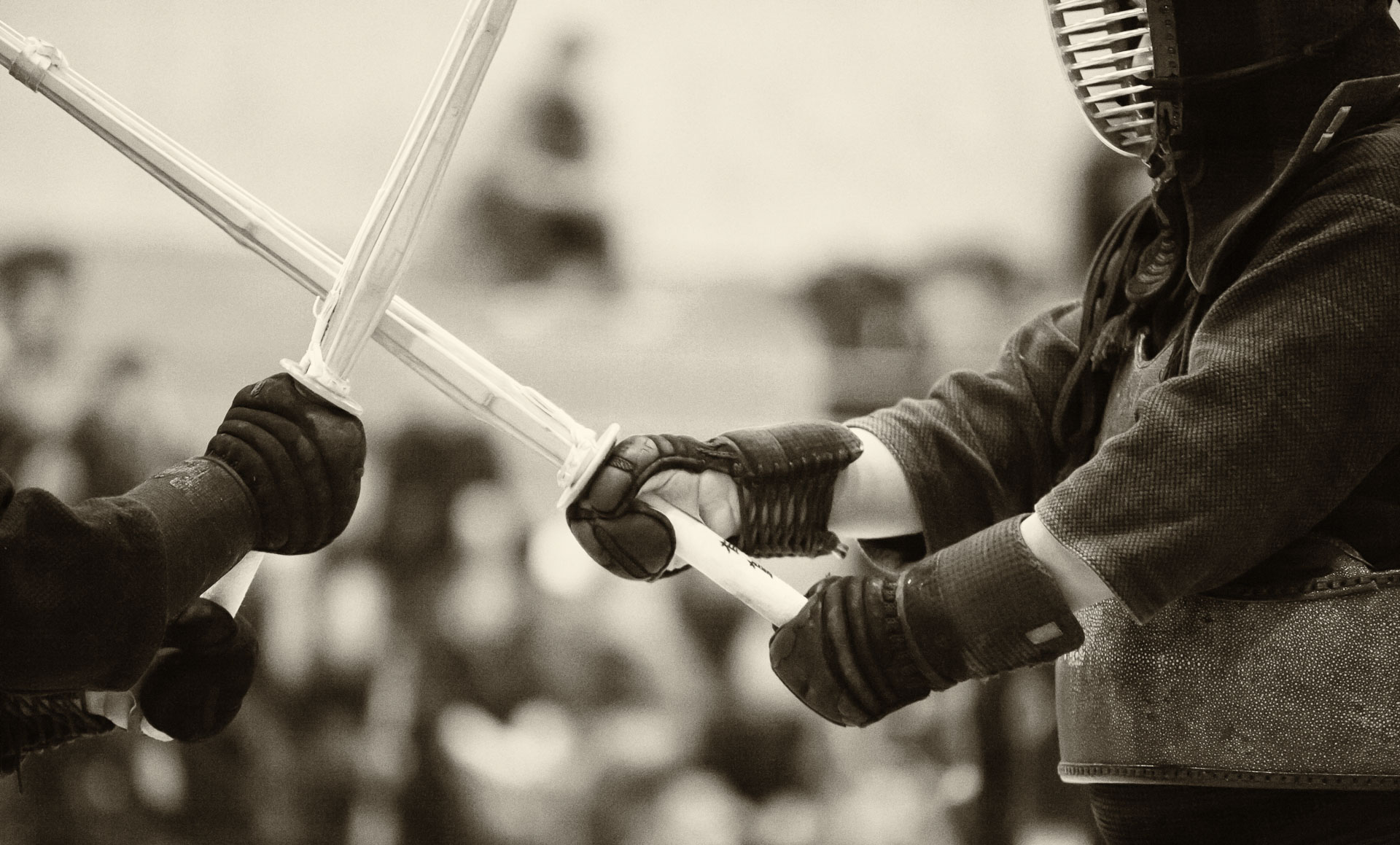
Today, my daughter and I went for a bike ride/run to a nearby ocean-side park. I ran and she biked. I remember that the first time we did this was last Spring in Milan, where we were on a six-months sabbatical. We would run/bike along Naviglio Martesana. She could handle about 15 minutes of non-stop pedalling on her bike, which we borrowed from my colleague. In that time, we could get to a playground, where she would play for about half-an-hour, spending most of that time hanging on monkey bars. We would eat an apple and some pretzels, which was her go-to snack over there, much like “fishy crackers” are consistent favourites here in Canada, and head back home. It was hot. We strategically chose the path to stay in the shade, as we ran/biked along the canal.

Today, it was cold (by Victoria standard anyway – about 0 degrees C) and windy. My daughter is stronger now and she has a bigger bike, so she can ride 30 minutes non-stop. Still, I ran at a pace, where we could talk without breathing hard. It was fun to run with her, but it was no question about playing when we got to a playground at the local park. It was so cold, that even stopping was uncomfortable. This is the thing about Victoria: the running trails around our home are some of the best I’ve tried anywhere in the world. The air is unbelievably fresh – I was really missing it in Milan. The nature is spectacular. The people are friendly and polite. Yet, it is just not quite warm enough to be truly enjoyable.
To be fair, though, I would need to compare apples to apples, or rather, winter to winter. The very first time I ran in Milan was in the winter, in the cold, in the dark, along a busy Via Melchiorre Gioia to Piazza Game Aulenti, which was the closest place to our apartment (that I knew of), where some stores were open late at night. I wanted to buy a thermos for my daughter to bring hot chocolate in to her ice-skating lesson the next morning (the irony of the fact that she came to Italy from Canada to learn skating is not lost on me, by the way), so I decided to make a running workout of the shopping trip. It was slippery with ice, windy, dark, noisy and generally quite unpleasant to run that night. But at that time, when we were without a car for the first time in many years, simply bing able to cove some distance on foot and explore the new city was liberating.
Today also, the simple fact that my daughter and I could on the whim put on the runners, jump on a bike and be in a forest, by the ocean in less than 15 minutes, chatting all the way there, was definitely a gift, cold weather or not.
































